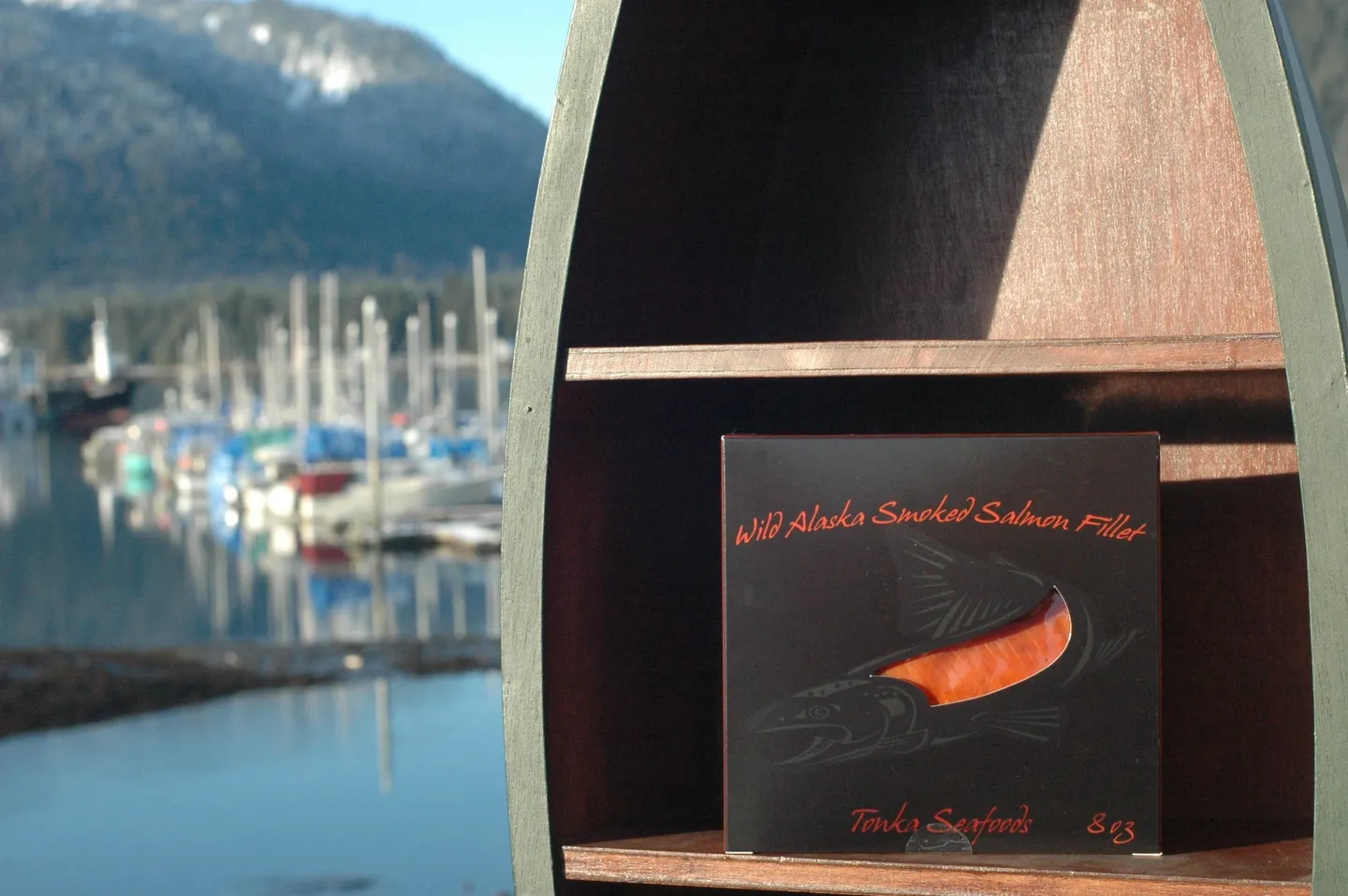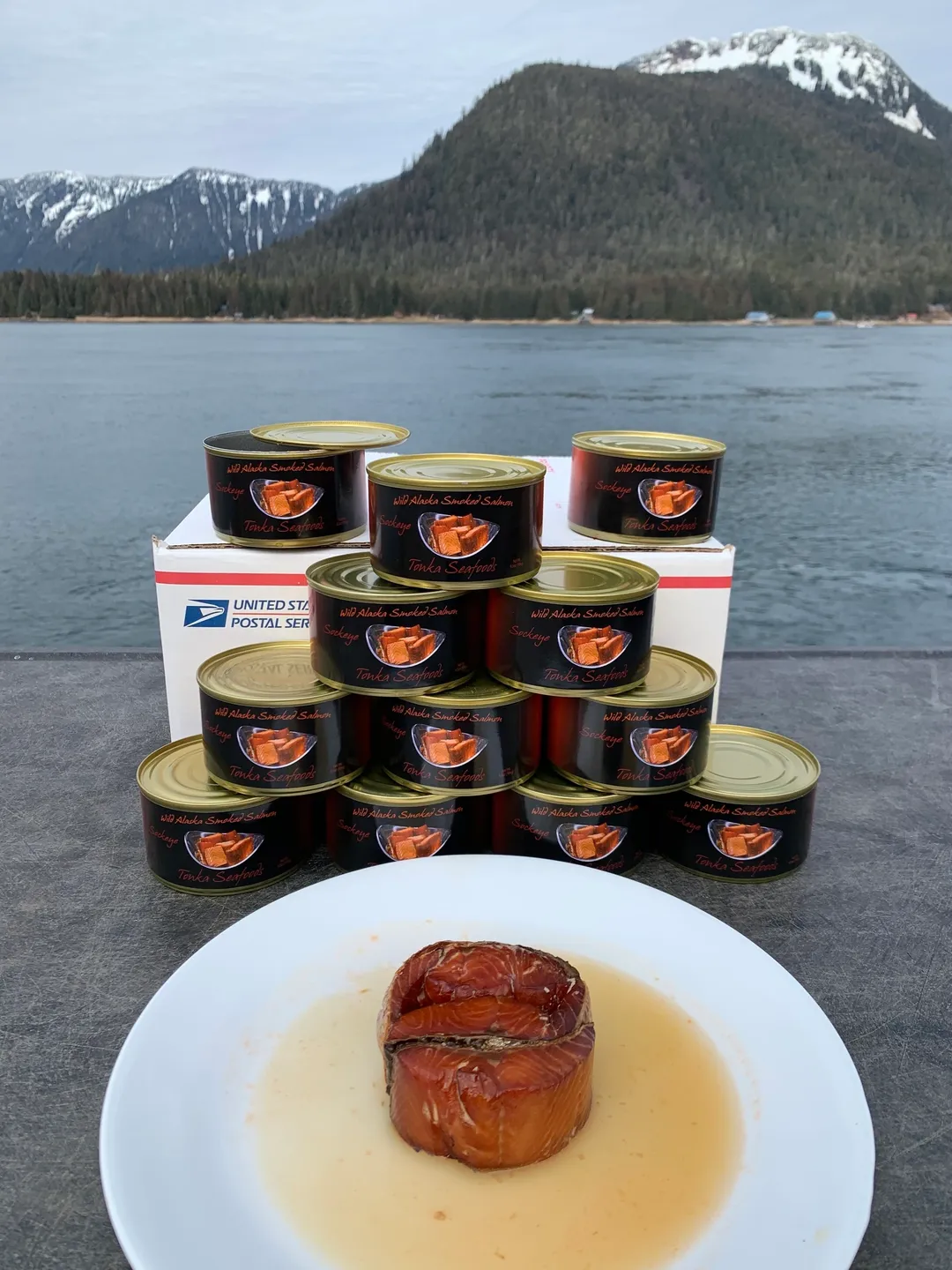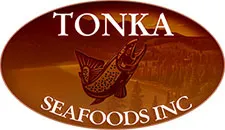
Wild Alaskan Salmon Facts
Alaska is a fish country. For thousands of years, the fishes of Alaska’s seas and rivers have supported human use, from fisheries used by Alaska’s indigenous Native peoples since prehistoric times, to today’s modern seafood industry. Alaska is home to abundant stocks of many species of fish, and offers some of the cleanest marine, freshwater, and upland habitats in the world. Effective state and federal institutions manage fisheries that are productive and sustainable, clean and healthy. Alaska is the only State in the nation whose Constitution explicitly mandates that all fish, including salmon, shall be utilized, developed, and maintained on the sustained yield principle. Here are some examples of Alaska’s unique fisheries management and pristine environment.
Wild & Pure
Alaska is thousands of miles away from large sources of pollution that can contaminate the human food supply in other parts of the world. These distances, combined with the earth’s patterns of circulation of water and air, help to ensure that Alaska’s own waters are among the cleanest in the world.
Alaska’s human population density is among the lowest of any in the United States, and lower than most places in the world. Alaska has little heavy industry, and has strict regulations governing development activities, such as road building, mining, logging, and sewage treatment. The State of Alaska Department of Environmental Conservation (ADEC) has a regulatory section dealing specifically with water quality. Water discharges, such as sewage and other potential pollutants, are closely regulated to ensure high water quality. In addition, ADFG requires prior approval for any in-stream construction activities in Alaska’s salmon streams through the authority of the Alaska statutes known as the “Anadromous Fish Act” (Alaska Statute 16.05.870). Alaska also has a Forest Practices Act requiring buffer zones from logging along salmon streams to prevent erosion and protect spawning and rearing habitat. Clean marine habitats produce pure seafood products.

Wild & Pure
Alaska is thousands of miles away from large sources of pollution that can contaminate the human food supply in other parts of the world. These distances, combined with the earth’s patterns of circulation of water and air, help to ensure that Alaska’s own waters are among the cleanest in the world.
Alaska’s human population density is among the lowest of any in the United States, and lower than most places in the world. Alaska has little heavy industry, and has strict regulations governing development activities, such as road building, mining, logging, and sewage treatment. The State of Alaska Department of Environmental Conservation (ADEC) has a regulatory section dealing specifically with water quality. Water discharges, such as sewage and other potential pollutants, are closely regulated to ensure high water quality. In addition, ADFG requires prior approval for any in-stream construction activities in Alaska’s salmon streams through the authority of the Alaska statutes known as the “Anadromous Fish Act” (Alaska Statute 16.05.870). Alaska also has a Forest Practices Act requiring buffer zones from logging along salmon streams to prevent erosion and protect spawning and rearing habitat. Clean marine habitats produce pure seafood products.

Why Alaska Seafood?
- Wild
Wild-caught Alaska salmon, whitefish varieties, and shellfish mature at a natural pace, and swim freely in the pristine waters off Alaska's rugged 34,000-mile coastline. - Superior Flavor
The superior flavor and texture of Alaska Seafood is prized around the world. The flavor and color characteristics come from the seafood species feeding on their natural diet of marine organisms, and the texture comes from annual migrations in the cold North Pacific. - Versatile
It's easy to prepare Alaska Seafood using your favorite cooking method. Whether you like to grill, poach, bake, or sauté, you can have a delicious meal on the table in minutes.
- Healthy
If you are looking for a meal that is nutritious, low in saturated fat, and high in the "good fats" -- heart-healthy omega-3s, you can start with Alaska Seafood. - Environmentally Responsible
Careful management based on conservation assure abundant stocks of salmon, halibut, sole, pollock, and shellfish, so Alaska seafood is an environmentally responsible choice. - Alaska Families And Communities
The harvesting and processing of Alaska Seafood plays an important role in Alaska. The seafood industry is the state's largest private sector employer. Each small salmon fishing vessel, for example, is a floating family business, contributing to state and local economies. Alaska's commercial catch accounts for over half the nation's commercial seafood harvest.
Perspective on Alaska Seafood
Alaska Seafood is an ideal choice for people who want to enjoy optimum health. It is high in protein and essential nutrients, low in saturated fat, and a natural source of the "good fats" called Omega 3 fatty acids.
Salmon:
The flavor of Alaska Salmon depends upon fat content and the environment in which it matured. Alaska's icy, pure waters and the abundance of natural food give Alaska Salmon unparalleled flavor. The fat content of salmon depends not only on the genetic make-up of each species, but also on its spawning cycle. The longer and more vigorous the freshwater trip, the more fat the fish will carry as it leaves the ocean.
King (Chinook) Salmon
Also known as Chinook, they are prized for their color, high oil content, firm texture, and succulent flesh.
- Alaska King Salmon is the largest and least abundant of the species.
- Average weight is approximately 20 pounds and length ranges from 30 to 40 inches.
- Its high oil content makes it a prime candidate for grilling, broiling, sautéing, baking, poaching, steaming, and smoking.
Sockeye (Red) Salmon
The second most abundant Alaska Salmon species is Sockeye. The distinct, deep red flesh retains its color throughout cooking, and brings dramatic impact to any presentation.
- Sockeye’s are known for their rich flavor.
- Average weight is approximately six pounds and they can grow to almost three feet in length.
- Sockeyes are suitable for grilling, broiling, sautéing, baking, poaching, steaming, and smoking.
- Coho (Silver) Salmon
With its orange-red flesh, firm texture, and delicate flavor, Coho have gained wide consumer acceptance. Their size and excellent color retention properties make them popular in both frozen and smoked forms.
- Coho’s are the second largest of the species.
- Average weight is 12 pounds and range from 25 to 35 inches in length.
- Coho’s are an excellent choice for grilling, broiling, sautéing, baking, poaching, steaming, and smoking.
Pink (Humpback) Salmon
Pinks are distinguished by their light, rosy pink-colored flesh, tender texture, and delicate flavor and are an economical choice for a variety of recipes.
- Pinks are the smallest and most abundant of the species.
- Average weight is two to three pounds.
- Pinks are great for baking and because of their milder flavor make an excellent vehicle for sauces.
Keta (Chum) Salmon
Keta have a firm texture, tempting orange-pink color, and delicate flavor.
- Average weight is eight pounds and they can grow to be 25 to 27 inches long.
- Keta Salmon are very good for smoking.
Whitefish:
Alaska Pollock, Halibut, Sole, Cod, and Black Cod are grouped as whitefish, all with a lean, flaky white flesh that is generally mild in flavor, with the exception of Black Cod. Each species also boasts specific flavor and texture characteristics of its own.
